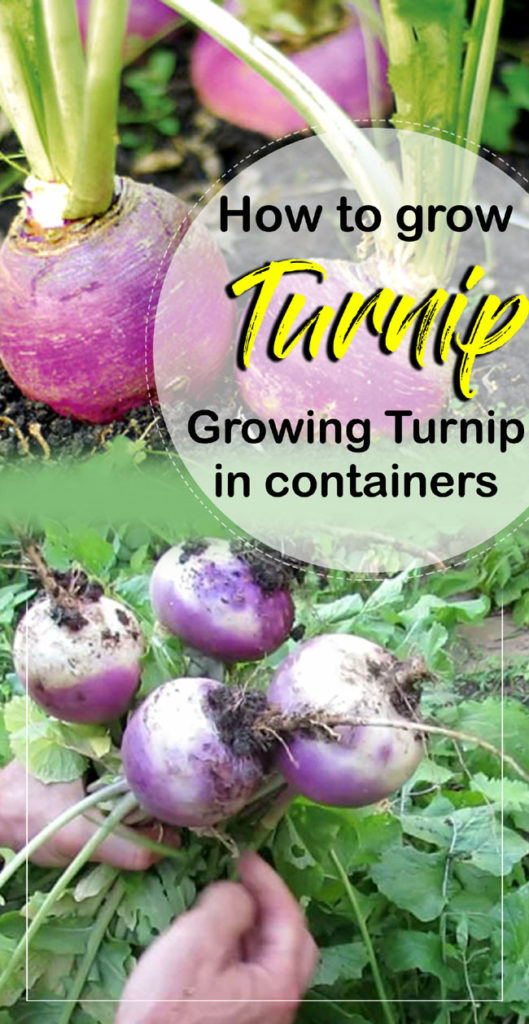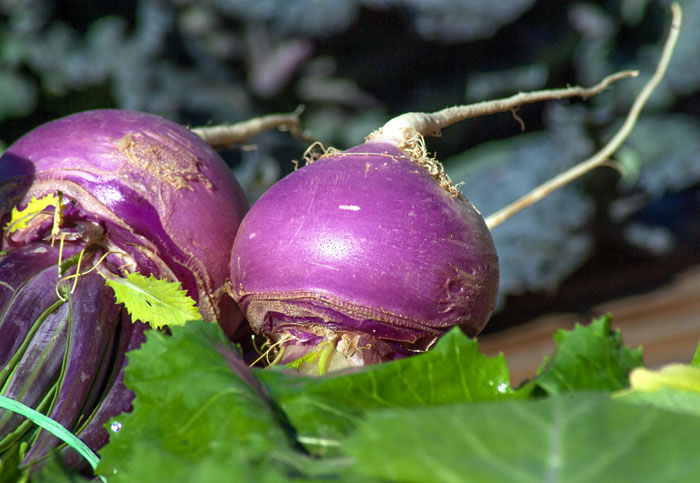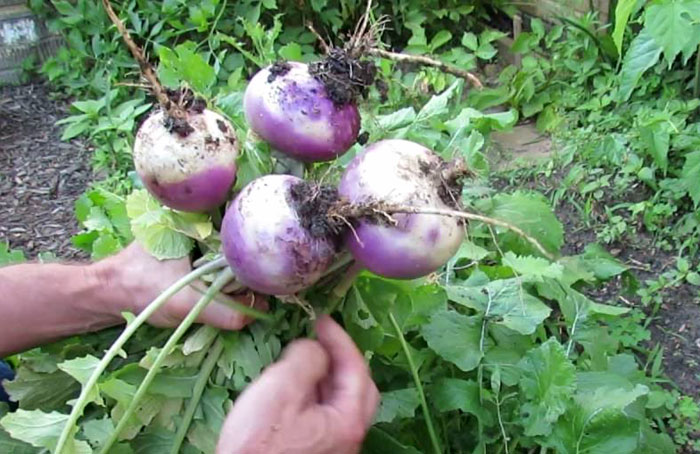Turnip
Know how to grow Turnip, Growing Turnips in a container, Turnips care, Varieties of Turnips, and more about this vegetable. Turnip is a root vegetable Like beets. It is used for both greens and bulbs. Its crops mature in about 2 months, so you can get more than one crop in the weather. In cold weather, its bulbs perform well in 60 degrees F, so people like to plant early spring and autumn crops. This very old root vegetable, which is being grown for almost 3,000 years.
Classification
Scientific name Brassica rapa
Common name Turnips
Plant type Vegetables
Sun requires Full Sun
Soil Fertile- well-drained soil
Soil pH 6.0-6.5
Zone 3-9
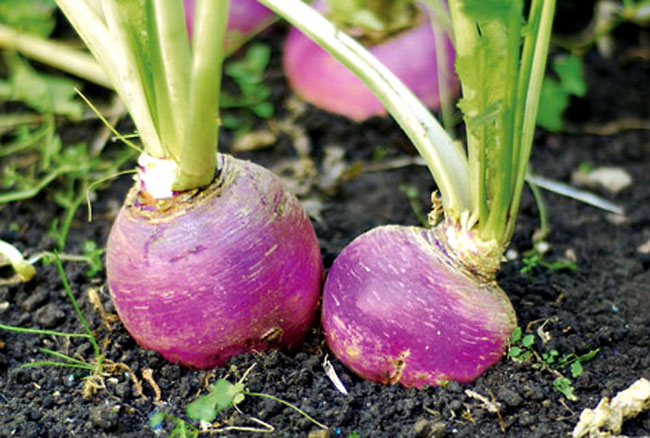
The growing condition of Turnips
Soil and Location
Turnips prefer a little acidic good fertility and well-drained soil, due to which it helps in root development and growth and protects its bulb from rotting. Its soil pH 6.0 to 6.5 is excellent.
Turnip requires an area of full sun, where sunlight lightens for at least six to eight hours each day.
Planting
Turnips are the best and nutritious vegetables of cold weather, you can apply it in the garden about 70 days before the date of the first cold or you can grow it in the early spring or in the fall. Planting by seed is easy, after its soil loosening well, its seeds plant about 1/2inch depth.
Sowing starts the end of February and runs till August. Some varieties of its main crop are sown in July and August, and this requires more space (25 cms), they are developed for harvesting in November and December.
Spacing
Transplant area at a 10-15 centimeters apart and each row has a 4-inch deep hole. Allow 50 cm between each plant of rows, put transplant in each hole. Make the transplantation firmly, and after that, plant the watering well, so that the roots grow well.
Watering
This plant is required to give water continuously. Turnip needs at least 1 inch of water every week. If your area is not raining enough, then soak it well every week. In extremely dry areas, you should give water twice to three times a week. If you notice limp or wilting leaves, the plant needs more water. Read more.
Fertilizer
Because turnip grows fast, they require high-level fertility. If you are planting in the last ground then you should be allowed to Manurethe soil. For general purpose fertilizers such as fish, blood and bone manure can be used for the best results one week before or after sowing. When planting, add a balanced and slow-release fertilizer. Well, I use dung manure for my turnips and get good results.
Main Varieties of Turnips
“Green Globe”
It has white-fleshed and round roots, which is the most popular and the best variety of turnip.
“Golden ball”
Its bulbs are small, round, and yellowish, with lush meat.
“Tokyo Cross” AGM
Its small, white, delicious bulbs grow very fast in the early summer.
“Purple top milan”
In the initial summer, its bulbs develop with purple marking and white flesh. Its early maturing young roots are tender and tasteful.
“Oasis” AGM
Virus resistant plant at the beginning of summer develops with White roots, and are delicious. Read more.
How to care Turnips
- You keep your vegetable bed free from weed.
- Turnips grow very fast, so keep the soil moist.
- Turnips are a cool-season vegetable crop. These are best developed between the ideal temperature between 40 and 75 degrees F. You can control the temperature by planting in containers and planting in cooler temperature, early spring, or summer.
- Transplant about two weeks after planting, when it is about 3-4 inches high. Make a thin plantation so that they are about 4 to 6 inches apart, it is necessary for strong and healthy planting.
Companion plants
Bush beans, peas, southern peas etc. you can easily plant it together.
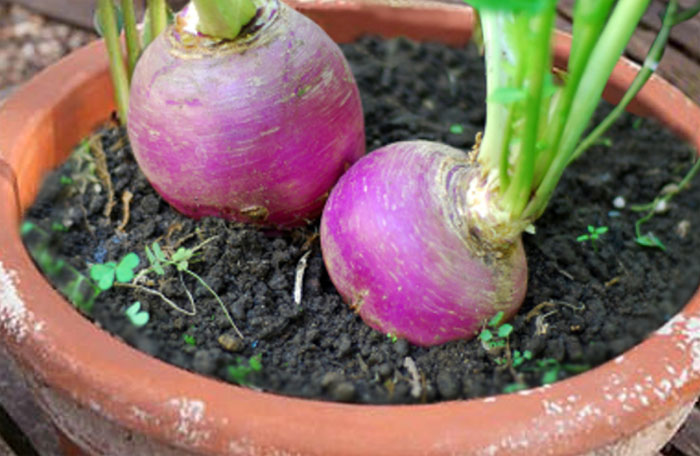
How to grow Turnip in containers
- You can easily grow turnips in containers. The small turnips roots can be easily grown in at least 12 inches deep and wide containers.
- Fill one of your containers with a commercial potting mix, which combines elements such as high compost, vermiculite, and peat moss. Take a pot of soil capacity of 2 gallons with a depth of at least 12 inches. But check the appropriate drainage in the container.
- When planting, add a balanced and slow-release fertilizer to your potting mixture, use dry fertilizer such as 10-10-10 for the best result.
- If you intend to use the roots of turnip, use its seeds 4 to 6 inches apart. If you want to use its greens, then sprinkle about 15 to 20 seeds in a container with a diameter of 12 inches and cover it with a light thin potting mix.
- After planting, place your container in a sunny place.
- Keep the container checked regularly, because the container drying faster than the ground, and more water is needed.
- Use a balanced vegetable fertilizer 20-20-20 ratio, soluble in water, feed the plants for another time after about a month after planting.
- When the roots are about 2 to 3 inches in diameter, then you can harvest, do not let them more mature or otherwise become hard and woody. Read more.
Harvesting turnips
Turnip is grown in biennial or annual form and its young roots are eaten, usually, it is cut within six or eight weeks. Harvest you according to your need, first pull the small and complete root. You can store them in your refrigerator for up to two weeks. You can also pull big roots and cut off the upper part and store for months in a cool, dark place. Read more.
Pests and diseases
This vegetable is a delicious and nutritious vegetable, so its pests and insects tend to bother. Slugs and snails, aphids, cutworms, beetles, and root maggots etc. are the main causes of the problem. Since this crop grows very rapidly and is harvested early. Therefore, there is no major problem of infection in the home garden. As long as you notice a problem, the crop gets mature till then.
Mildew and a white blister can affect the crop. However, it is infrequent.
Must Read: How to grow potatoes in a container. How to grow Fenugreek in the pot. 8 best Frugal Gardening tips. Growing Black current in containers. Growing Heirloom Tomatoes easy tips.
Happy Gardening
For Pin:
